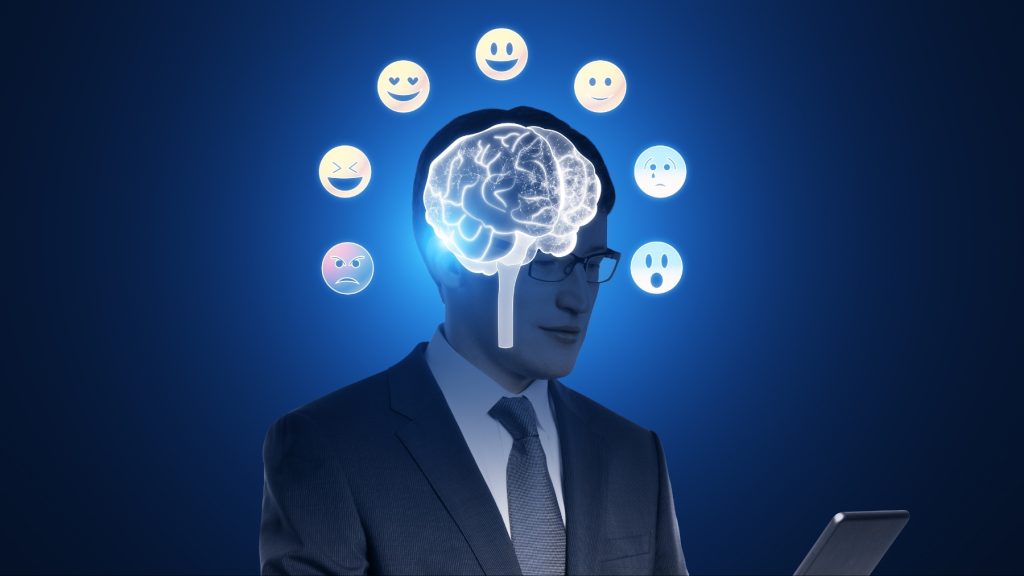
Emotion detection AI is quickly becoming the latest must-have feature for businesses looking to gain deeper insights into customer behavior with the technology helping companies better understand human emotions.
Emotion detection AI is designed to read, understand and translate human emotions by analyzing facial expressions, voices tones, and other indicators.
Emotion AI Integrated in Businesses
By now, it is no secret that AI is far exceeding expectations, benefiting not just individuals but also businesses across various sectors. Nowadays, many businesses rely on AI, and the surfacing of emotional AI is adding a new dimension to fields like HR, sales, and customer service.
Businesses are beginning to adopt emotion detection AI to gain a deeper understanding of both their customers and employees, allowing them to recognize and respond to emotions more effectively, for a more empathetic approach to employee interactions.
Tapping into emotional AI will weaponize businesses with the needed step to create more personalized and meaningful connections.
Emotion detection AI focuses on sentiment analysis, it attempts to analyze human emotion from text-based interactions, meanwhile, if the customer is on a call, they can detect their emotion according to voice tone and visual inputs.
Emotion detection AI tool is mostly designed based on machine learning and psychology to interpret human emotions during interactions.
“With the proliferation of AI assistants and fully automated human-machine interactions, emotion AI promises to enable more human-like interpretations and responses,” writes PitchBook’s Derek Hernandez, senior analyst, emerging technology in the report.
There’s been skepticism about whether emotion detection AI can truly differentiate human emotions in text-based interactions. Critics argue that while the technology is quite impressive, it might not be able to accurately interpret the complexities of human emotions, suggesting the idea might be somewhat misguided, assuming that AI can fully capture and respond to the nuances of human feelings.
“Emotion AI” Replacing Human-to-Human Interactions
No matter how much technology improves lives and facilitates work and communication it will always come with consequences. Emotion detection AI is becoming more adopted in areas like customer service and HR, yet with this integration it vital to think about its psychological effects.
Prolonged interactions with “Emotion AI” could reconstruct how humans develop psychologically. Over time, humanity might start forming attachments to these AI tools, becoming increasingly reliant on them, decreasing human-to-human interactions, as people begin to favor human-to-AI connections.
Eventually, the line between interacting with a human and an AI might blur, and this alone should push us question how AI detecting our emotions could have long-term ramifications on our social and emotional well-being.
AI’s presence in our lives could have unintended consequences, more accurately when it comes to communication and interpersonal relationships. In the current working space, employees and customers interact with AI systems almost on a daily basis, magnifying the risk that they might develop stronger emotional bonds with these technologies rather than with their coworkers.
If this remains the case, in almost ten-years time, human-to-human interactions will weaken the depth and quality of our personal and professional relationships.
Final Thoughts
AI continues is taking on roles traditionally held by employees and has the potential to elevate how businesses understand and satisfy their customers. Will these AI tools, from the likes of emotion detection AI, be responsibly to prevent future issues, particularly on a psychological level?
Misusing AI could lead to people forming unhealthy attachments to technology rather than to other humans, which could, in turn, disrupt interpersonal relationships and further diminish human-to-human interactions.
Inside Telecom provides you with an extensive list of content covering all aspects of the tech industry. Keep an eye on our Intelligent Tech sections to stay informed and up-to-date with our daily articles.